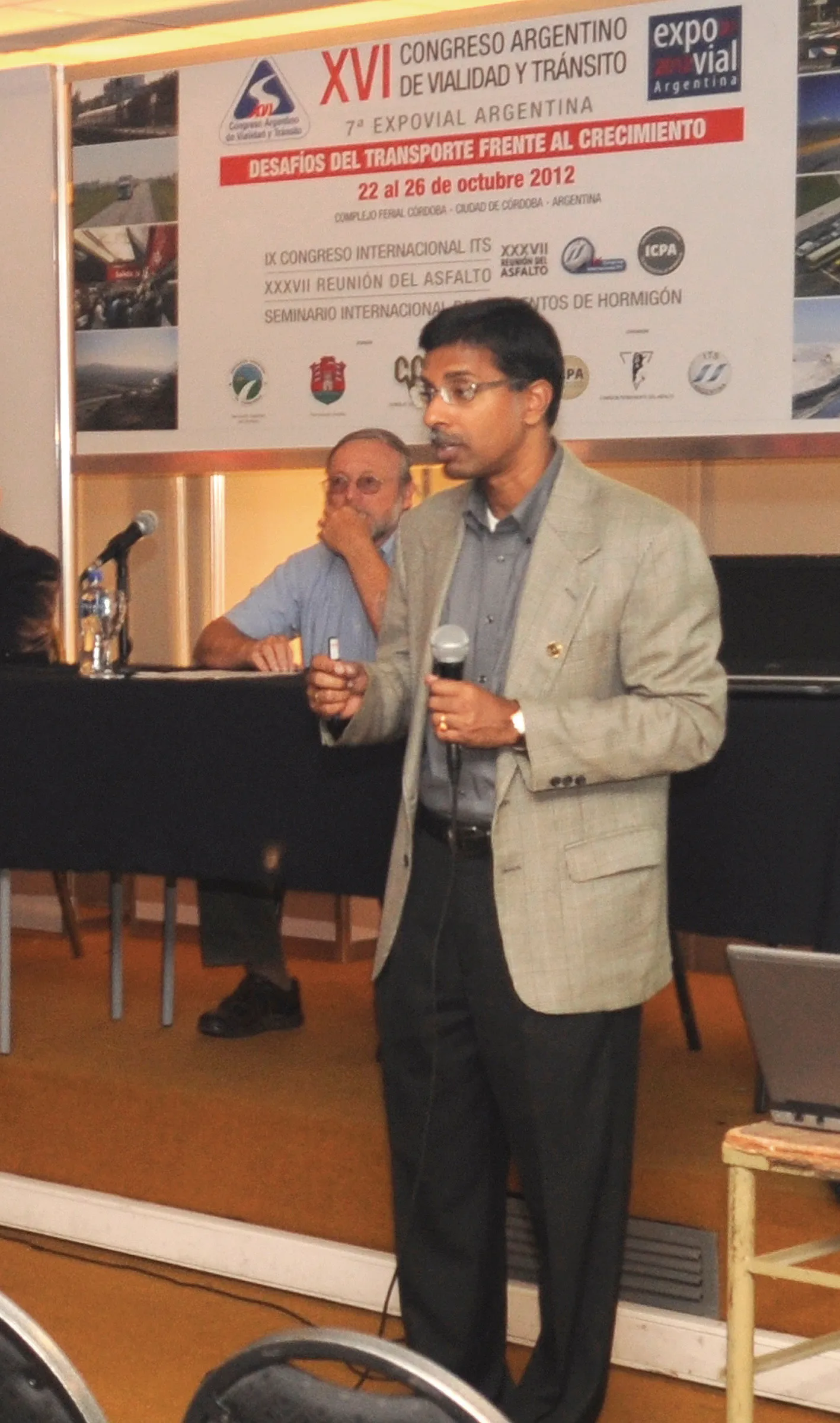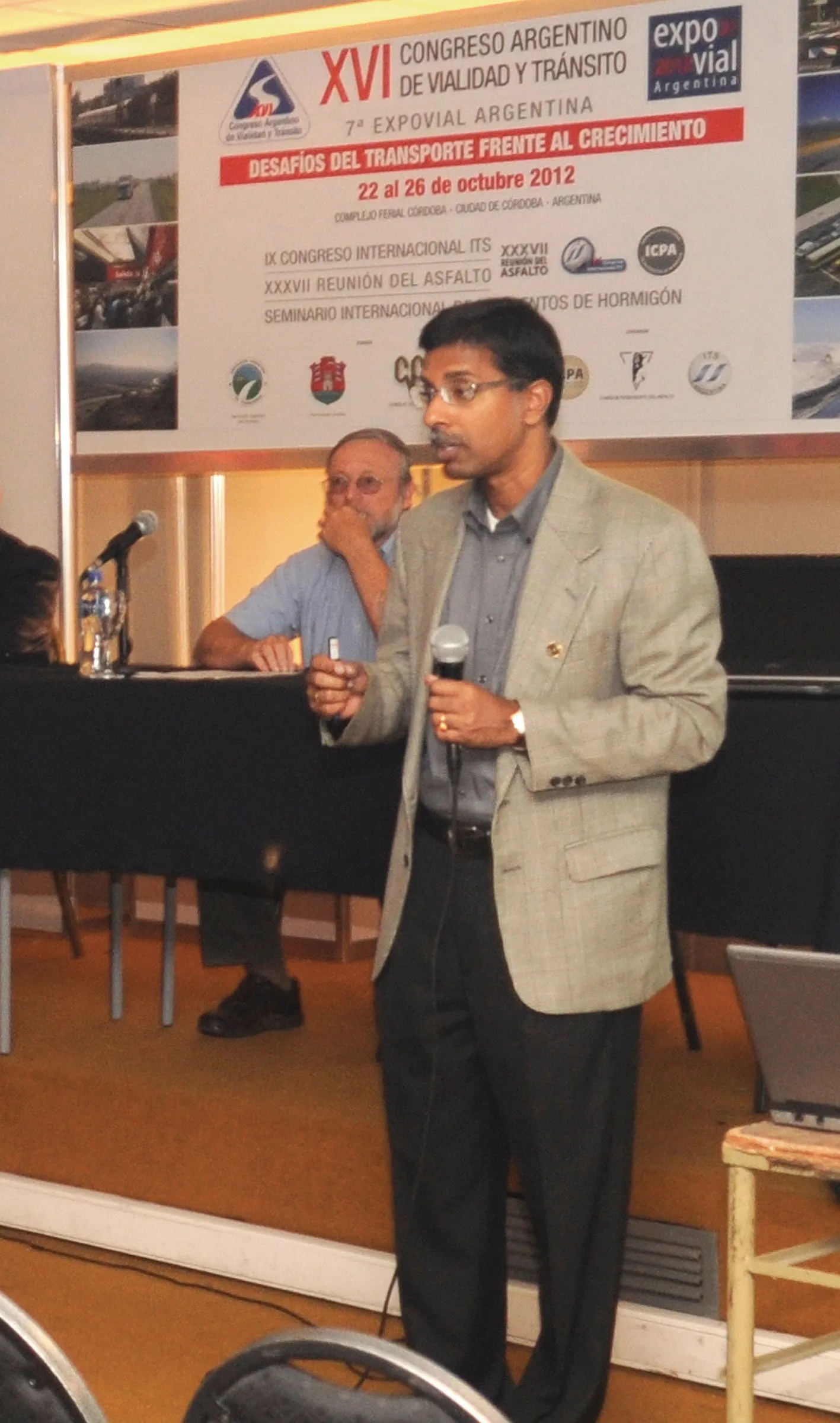Some $1.6 billion in funding is being provided from US federal funds to states and territories across the nation to cover the costs of repairing roads and bridges damaged by natural disasters. Funding from the Federal Highway Administration’s (FHWA) Emergency Relief Programme was provided by the Consolidated and Further Continuing Appropriations Act, 2012.
March 21, 2012
Read time: 2 mins
Some $1.6 billion in funding is being provided from US federal funds to states and territories across the nation to cover the costs of repairing roads and bridges damaged by natural disasters. Funding from the 2410 Federal Highway Administration’s (FHWA) Emergency Relief Programme was provided by the Consolidated and Further Continuing Appropriations Act, 2012.
FHWA will provide a total of $1.58 billion to 30 states, American Samoa, US Virgin Islands, Puerto Rico and federal land management agencies to reimburse them for repairs to roads and bridges caused by storms, flooding, hurricanes and other natural and catastrophic disasters.
“States and communities can rely on the federal government during these critical times,” said FHWA administrator Victor Mendez. “When disaster strikes, the Department will do all it can to provide help to the affected areas.”
Vermont, hit by Hurricane Irene, will receive $125.6 million; North Dakota will receive $89.1 million for the Devils Lake Basin for damage caused by Spring 2011 runoff; and Iowa will receive $37.5 million to repair damage caused by the May 2011 Missouri River flooding. This money will reimburse states for fixing or replacing highways, bridges and other roadway structures. Costs associated with detours, debris removal and other immediate measures necessary to restore traffic flow in impacted areas are also eligible for reimbursement.
US transportation secretary Ray LaHood explained, “Communities from coast to coast are still recovering from disasters that have affected the roads they use, their homes and businesses.”
FHWA will provide a total of $1.58 billion to 30 states, American Samoa, US Virgin Islands, Puerto Rico and federal land management agencies to reimburse them for repairs to roads and bridges caused by storms, flooding, hurricanes and other natural and catastrophic disasters.
“States and communities can rely on the federal government during these critical times,” said FHWA administrator Victor Mendez. “When disaster strikes, the Department will do all it can to provide help to the affected areas.”
Vermont, hit by Hurricane Irene, will receive $125.6 million; North Dakota will receive $89.1 million for the Devils Lake Basin for damage caused by Spring 2011 runoff; and Iowa will receive $37.5 million to repair damage caused by the May 2011 Missouri River flooding. This money will reimburse states for fixing or replacing highways, bridges and other roadway structures. Costs associated with detours, debris removal and other immediate measures necessary to restore traffic flow in impacted areas are also eligible for reimbursement.
US transportation secretary Ray LaHood explained, “Communities from coast to coast are still recovering from disasters that have affected the roads they use, their homes and businesses.”







